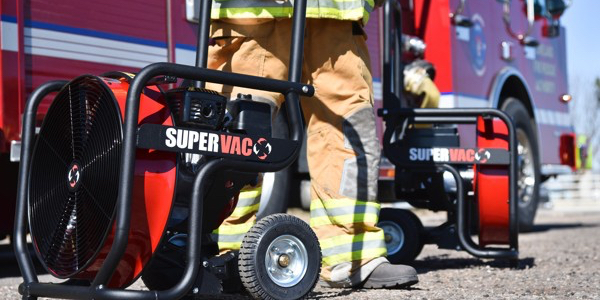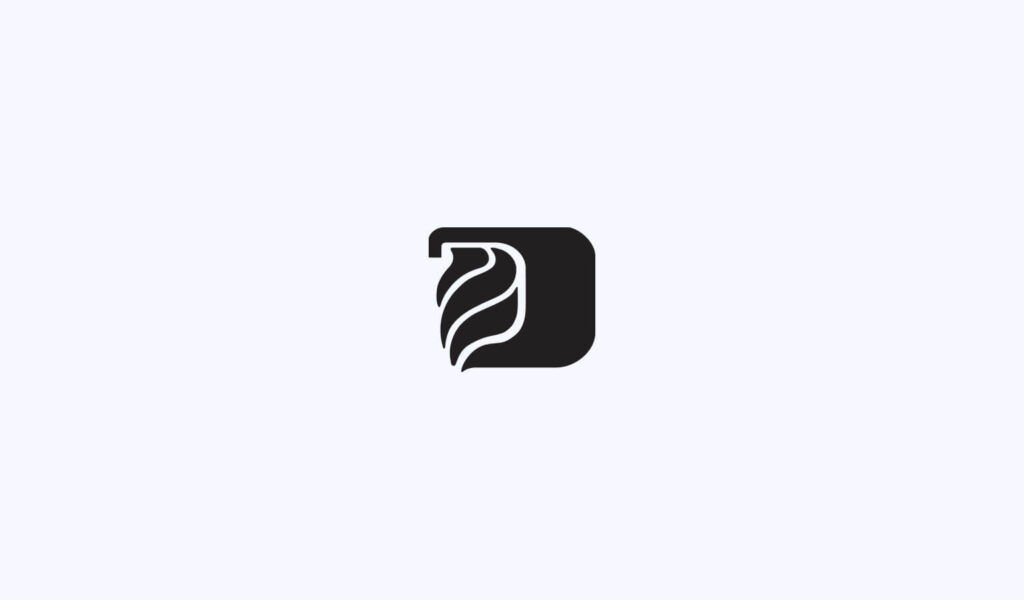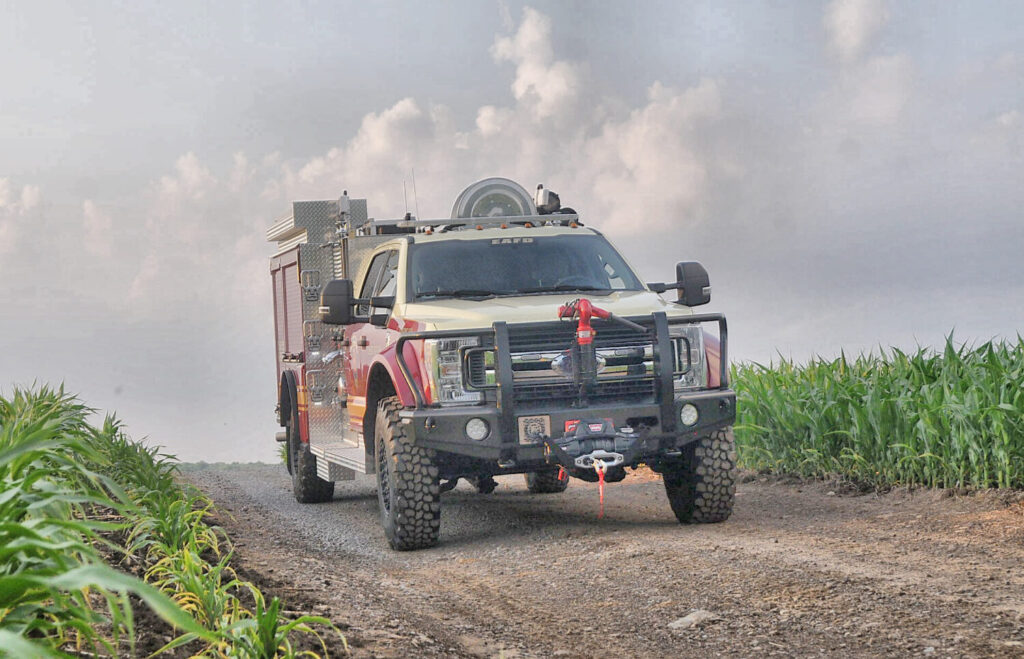Every firefighter has their opinion on Positive pressure ventilation (PPV), but most agree it’s a useful tactic when properly applied. Proper ventilation can remove heat and dangerous particles created from the fire, and disrupt the conditions required to create flashover and backdraft.

Positive pressure ventilation is simply creating positive pressure at an entrance using a fan, such as SuperVac’s Valor PPV GC160 Honda Engine, and opening an exit somewhere else in the structure to release the pressure. There are two types of ventilation vertical and horizontal. The primary difference between the two is where the smoke exits. In a vertical ventilation setup smoke exits the building from the roof, while in a horizontal ventilation setup smoke exits through a door or window. Regardless, the goal is to remove smoke and excess heat from the structure. When deploying positive pressure ventilation firefighters need to be aware of the path the smoke and fire will travel. The traveling smoke and heat will harm trapped survivors and other firefighters in its path. Therefore, positive pressure ventilation isn’t always the answer.
Some of the situations positive pressure ventilation can disrupt includes flashover and backdraft. Flashover is when a room and all its contents suddenly ignite from thermal radiation increasing the room’s temperature. Firefighters need to be aware of rising temperatures when entering a structure. Flashover is incredibly dangerous and recognizing the warning signs can help firefighters prevent them. Generally, there isn’t a lot of time between the warnings of a flashover and one occurring, so the best way to attack flashover is to prevent it from ever having a chance to form. One way to do that is to use proper ventilation. Proper ventilation can help remove heat and redirect thermal radiation preventing the environment for a flashover from ever forming. Another way is to cool the area with a hose stream.
After some time, an enclosed fire will have eaten up most of the oxygen in the room, causing the fire to “burn itself out.” This burned out fire is far more dangerous than it would appear. Opening a door or breaking a window gives the fire a new source of oxygen. With the new infusion of oxygen, the burned-out fire comes back to life in an explosion of flames and smoke. This is a backdraft, along with the fire coming back to life a backdraft can create a concussive force that damages walls, break windows, and harms firefighters. With proper ventilation, firefighters can redirect airflow preventing a backdraft before it can form or directing where the backdraft occurs.
Every firefighter should be familiar with every tactic available to them. While Positive pressure ventilation might not be applicable in every situation it has its advantages and every firefighter should be aware of them.
For all ventilation needs Shop Supervac at eDarley.com.




